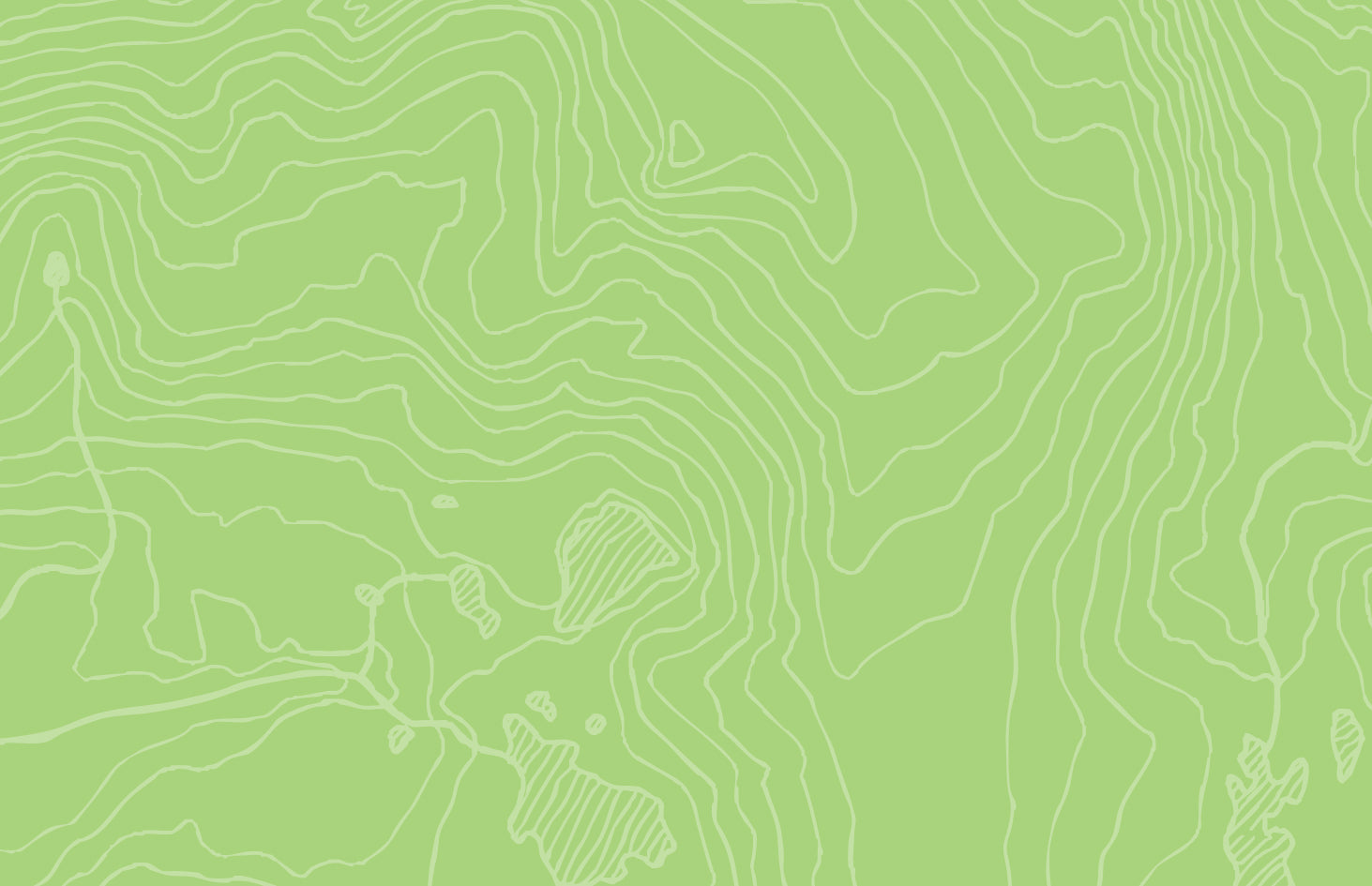Unveiling the Secrets of Foot Health: Insights From Ancient Cultures and Their Footwear Practices

Throughout history, various cultures have recognized the importance of foot care and developed footwear practices that not only protected the feet but also promoted their health and vitality. But today, we seem to neglect to recognize the importance of the health of our feet. By looking back at the ancient wisdom of these civilizations, we can unveil a treasure trove of knowledge on maintaining strong and healthy feet.
Understanding the Importance of Foot Health

Our feet, comprising 26 bones, 33 joints, and more than 100 muscles, tendons, and ligaments, bear the weight of our entire physical vessel, making them susceptible to wear and tear over time. Neglecting foot health can lead to various foot-centric ailments such as bunions, corns, plantar fasciitis and arthritis– but it may not stop there. The feet are quite literally the foundation which supports the rest of our body upstream, and if our foot health is compromised, our entire musculoskeletal system is at risk.
For example, you don’t have to wear stilettos to suffer the consequences of a raised heel. From modern business shoes to running shoes, and even ballet “flats,” a raised heel is almost unavoidable (unless you intentionally seek out minimalist footwear). Even a few degrees of heel lift can throw the whole spine out of alignment, increasing risk of injury or chronic pain.
Lessons from Ancient Civilizations
Ancient civilizations recognized the significance of foot health and devised their own methods to protect and care for their feet. From the Egyptians to the Greeks, and the Romans to the Indigenous peoples, each culture had its own unique approach to footwear that reflected its environment, lifestyle, and beliefs.
Egyptian Sandals: A Blend of Style and Function
In ancient Egypt, footwear was not just a practical necessity but also a symbol of social status. Egyptian sandals, often crafted from papyrus, palm leaves, or leather, featured intricate designs and were adorned with jewels and precious metals. Despite their ornate appearance, these sandals provided ample support and protection for the feet, allowing the wearer to navigate the harsh desert terrain comfortably.
Greek Sandals: Embracing Barefoot Freedom
The ancient Greeks valued physical fitness and athleticism, evident in their preference for minimalistic footwear. Greek sandals, known as "krepis" or "cothurnus," were simple in design, consisting of a sole attached to the foot with leather straps. This style allowed for maximum flexibility and encouraged a more natural gait, akin to walking barefoot. Greek athletes, including Olympians, often competed barefoot or wore these lightweight sandals during sporting events.

Roman Caligae: Engineering for Endurance
In contrast to the Greeks, the Romans prioritized durability and practicality in their footwear. The "caligae," worn by Roman soldiers, was a sturdy sandal with thick leather soles studded with hobnails for enhanced grip and traction. Designed for long marches and rigorous military campaigns, caligae provided ample protection against rough terrain and inclement weather, ensuring the soldiers' feet remained resilient and agile on the battlefield.
Indigenous Moccasins: Harmonizing with Nature
Indigenous cultures across the globe, from North America to Australia, crafted footwear that honored their connection to the earth. Moccasins, made from soft leather or hide, were meticulously designed to mimic the shape of the foot, providing a snug yet comfortable fit. These versatile shoes allowed for unhindered movement and sensory feedback, enabling Indigenous peoples to traverse diverse landscapes with ease while maintaining a profound respect for nature.
Tarahumara Huarache Sandals: A Testament to Minimalist Mastery
Among the many indigenous cultures renowned for their intimate connection to the land and remarkable footwear traditions, the Tarahumara of Northwestern Mexico stand out for their mastery of minimalist footwear. The Tarahumara, also known as the Rarámuri, have long been celebrated for their exceptional running; traversing rugged terrain with unparalleled agility and endurance.
At the heart of their remarkable feats lies the humble huarache sandal, a minimalist footwear marvel crafted from little more than leather or recycled tire rubber. These simple yet ingeniously designed sandals conform closely to the contours of the foot, offering protection from sharp rocks and thorns while allowing for unrestricted movement and unparalleled ground-feel. The Tarahumara remind us that true foot health transcends the complexities of modern footwear, advocating for a return to simplicity and harmony with the earth.
Modern Minimalism: Healthy Footwear in the 21st Century

As awareness grows regarding the importance of foot health and the benefits of minimalist footwear, a new wave of innovative companies is emerging, dedicated to crafting shoes that prioritize the foot's natural biomechanics. One such example is Earth Runners, a company inspired by ancient wisdom and modern technology to create footwear that nurtures the foot and fosters a deeper connection to the earth.
Earth Runners' huarache-style sandals, reminiscent of those worn by the Tarahumara, feature a minimalist design that allows for maximum freedom of movement and sensory feedback. Our sandals encourage foot health via proper alignment and muscle engagement: promoting stronger, healthier feet with every step.
Applying Ancient Wisdom to Modern Foot Care
While our footwear may have evolved significantly since ancient times, the principles of foot health remain timeless. Incorporating elements of ancient footwear practices into our modern lifestyles can help alleviate common foot problems and promote overall well-being. Here are some tips inspired by ancient cultures:
- Choose Quality Over Quantity: Invest in well-crafted footwear made with durable materials to keep your feet securely protected wherever you wander.
- Prioritize Foot-Conscious Footwear: Opt for shoes that allow for natural movement and flexibility.
- Practice Barefoot Walking: Spend time walking barefoot on different surfaces to strengthen your muscles and improve proprioception.
- Listen to Your Body: Pay attention to any discomfort or pain in your feet. The transition to minimalist footwear should be done gradually to allow your feet to strengthen.
By drawing inspiration from the wisdom of ancient cultures, we can cultivate a deeper appreciation for our feet and embark on a journey toward optimal foot health.





